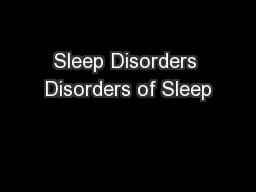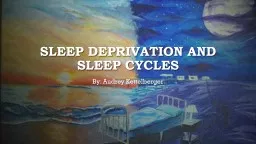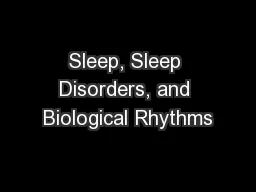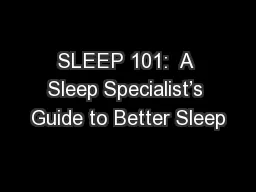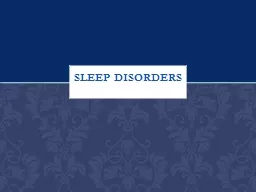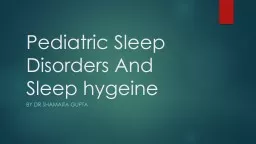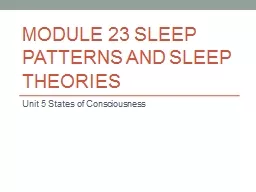PPT-"I love sleep. My life has a tendency to fall apart when I'
Author : calandra-battersby | Published Date : 2016-06-29
Ernest Hemingway Biological Rhythms Annual Cycles seasonal variations bears hibernation seasonal affective disorder 28 day cycles menstrual cycle 24 hour cycle
Presentation Embed Code
Download Presentation
Download Presentation The PPT/PDF document ""I love sleep. My life has a tendency to..." is the property of its rightful owner. Permission is granted to download and print the materials on this website for personal, non-commercial use only, and to display it on your personal computer provided you do not modify the materials and that you retain all copyright notices contained in the materials. By downloading content from our website, you accept the terms of this agreement.
"I love sleep. My life has a tendency to fall apart when I': Transcript
Download Rules Of Document
""I love sleep. My life has a tendency to fall apart when I'"The content belongs to its owner. You may download and print it for personal use, without modification, and keep all copyright notices. By downloading, you agree to these terms.
Related Documents




